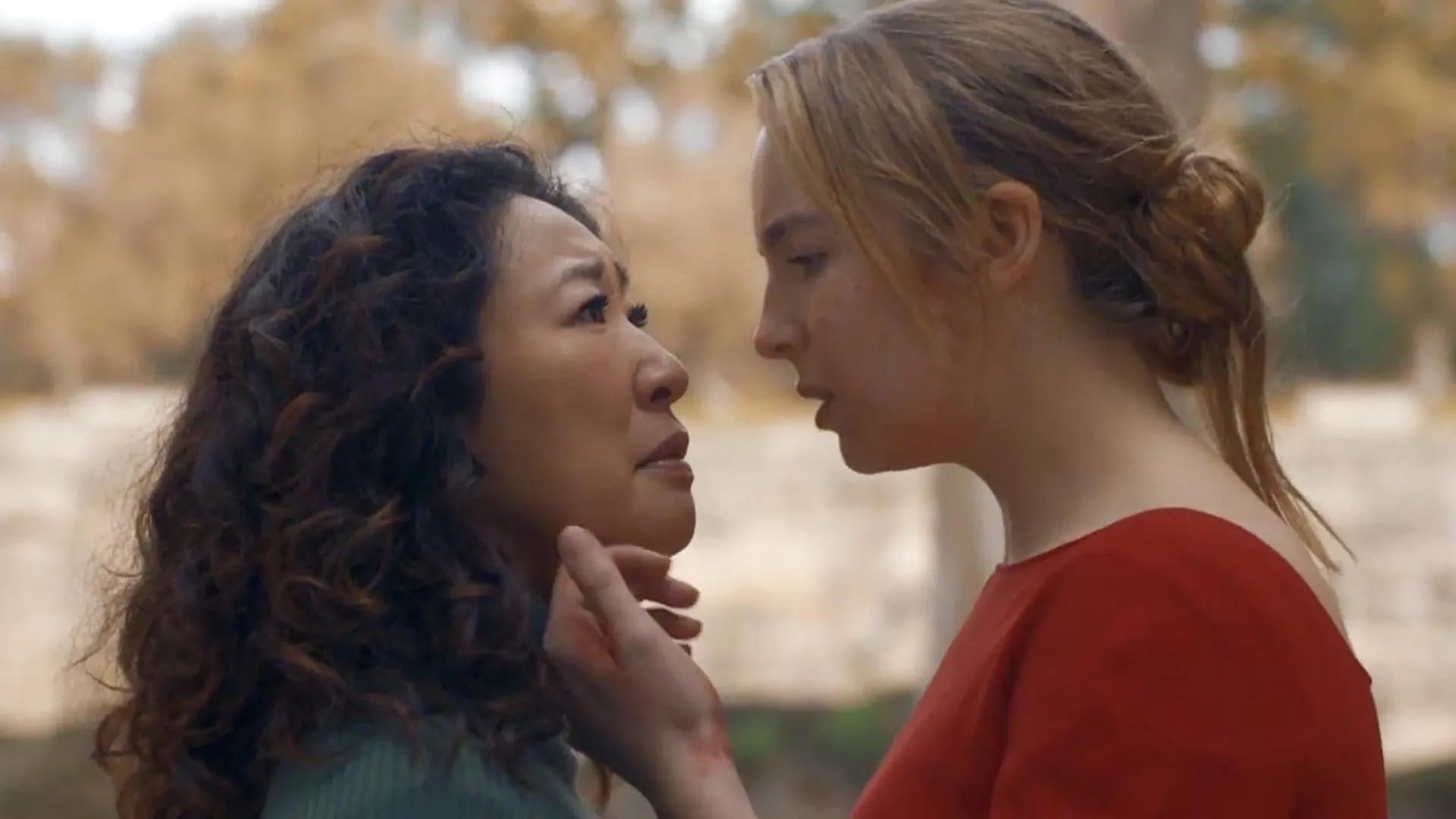When I sat down to watch the series finale of Killing Eve, I was buzzing with excitement. I knew that, if the writers had any sense, we would see the moment where Villanelle and Eve finally get together. After 4 seasons of pining, yearning, and relentless ‘will they won’t they’ moments, audiences were practically begging for these two to come together. And they do. In a gay kiss for the ages. They then share about 15 minutes of happy screen time, before Villanelle is killed in the cruellest way possible, an unexpected bullet in the back.
I felt empty. I felt a physical pain. I cried huge, heaving sobs, for an hour. Of course, I flocked to Instagram and Twitter for a cathartic vent, and my friends expressed their disappointment for me. But they don’t understand, they will never understand. For them, characters are simply that, characters. For us, they are a beacon of hope. Someone to relate to, to empathise with, to cherish.
Lesbians are a hugely underrepresented group in mainstream media. Where lesbian representation exists, it faces issues of tokenism and stereotyping. Villanelle’s character was one whose sexuality didn’t define her; refreshingly, it was just a piece of her. There was no trite coming out scene, no moment of societal disappointment. Women were, simply, her sexual preference. Villanelle provided a glimpse of what media might look like if lesbian characters were a frequent and natural part of the stories we consume.
The death of a gay character, particularly a lesbian, is so much more than a random TV death. So often, I feel alone in my sexuality, even though I know that other lesbians exist. Having a character so unapologetically confident in her sexuality killed off, felt like a personal attack. I know that others share this feeling. Representation in art is what makes us feel whole. It allows us to channel energy and frustration into something, and have the opportunity to acknowledge the extent to which community exists. Nothing bonds people like loving the same characters, and the Killing Eve community certainly proved that. See: the fan-made memorial to Villanelle on the London Tower Bridge.
Let’s be clear, the killing of gay characters is by no means a new phenomenon. The “Bury Your Gays” trope runs rampant, meaning the untimely and unnecessary deaths of gay characters are disturbingly common. In fact, statistically, only 5% of queer characters have a happy ending (Karen Frost, 2020). See: Lexa (The 100), Tara (Buffy the Vampire Slayer), and Denise (The Walking Dead), just to name a few. It’s almost as if creators can’t be bothered to write satisfying and dynamic endings for queer characters. The solution? Killing them off.
Importantly, there was no need to kill Villanelle. It didn’t make sense — her death was uncreative and anticlimactic. The show would have ended just as well, if not far better, five minutes before it did, with Villanelle and Eve embracing after they killed the Twelve (the villains of the show). Villanelle is, in my opinion, one of the best fictional characters of the last 10 years. After dodging death for four full seasons, she deserved a killing off for the ages. In fact, I’d argue it would’ve been better to kill off both Villanelle and Eve, having them go down together in a Romeo and Juliet style tragedy. Interestingly, lead actors Jodie Comer and Sandra Oh have been suspiciously quiet since the show’s finale. This, coupled with their negative attitudes in interviews towards the end of the series, has led fans to believe that they also are unhappy with the ending.
So, here we are again. Another show ended, another lesbian character dead. For now, I’ll take to Archive of Our Own and make my own ending.





